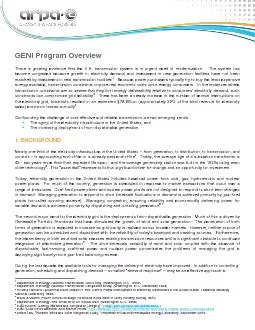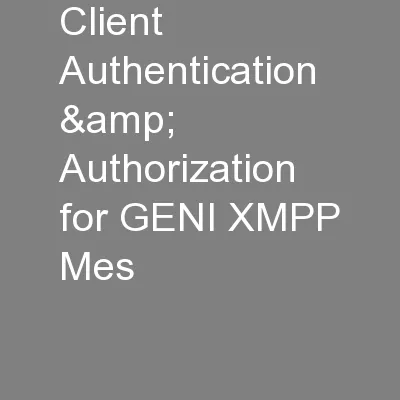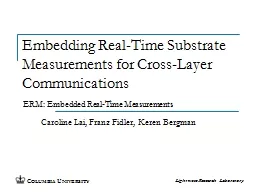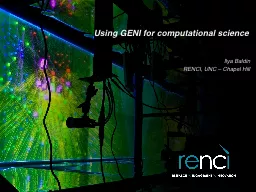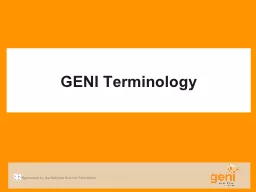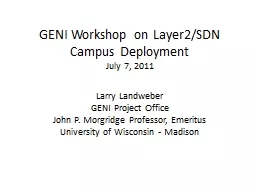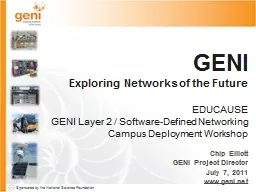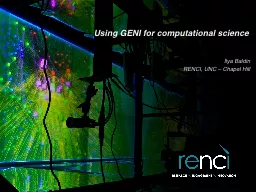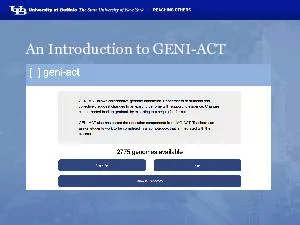PDF-GENI Program Overview
Author : murphy | Published Date : 2021-06-10
There is growing evidence that the US transmission system is in urgent need of modernization The system has become congested because growth in electricity demand
Presentation Embed Code
Download Presentation
Download Presentation The PPT/PDF document "GENI Program Overview" is the property of its rightful owner. Permission is granted to download and print the materials on this website for personal, non-commercial use only, and to display it on your personal computer provided you do not modify the materials and that you retain all copyright notices contained in the materials. By downloading content from our website, you accept the terms of this agreement.
GENI Program Overview: Transcript
Download Rules Of Document
"GENI Program Overview"The content belongs to its owner. You may download and print it for personal use, without modification, and keep all copyright notices. By downloading, you agree to these terms.
Related Documents

